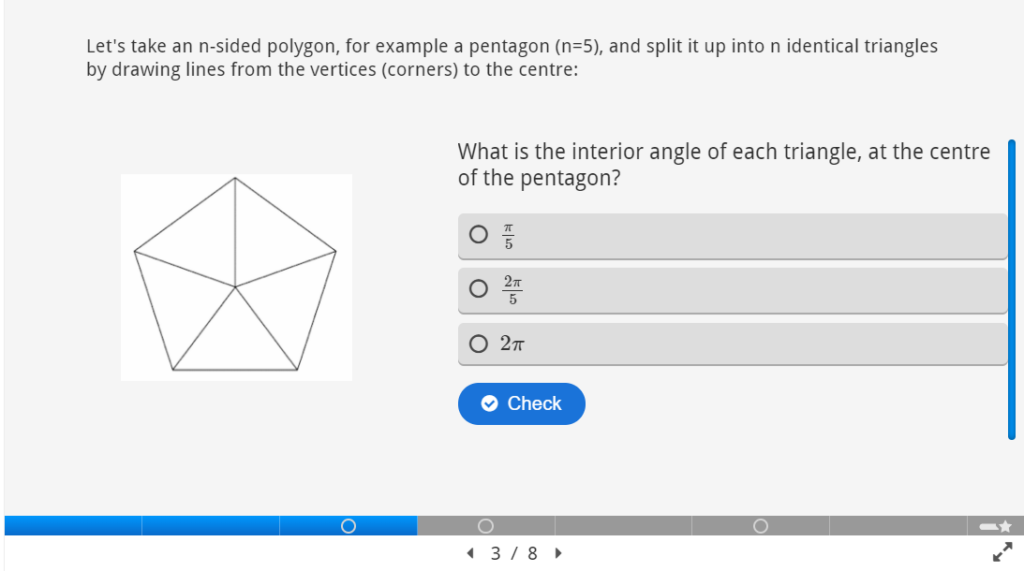Dr Paul Mackay, Academic Tutor (Maths and Physics), International Foundation in Science, Computing, Engineering and Mathematics
INTO Newcastle University
What did you do?
Paul Mackay has been creating and incorporating H5P content as a regular part of teaching mathematics at INTO. The H5P content editor supports the use of LateX – speeding up the creation of content, and this is a feature that Paul uses in most of his resources.
Paul uses H5P content in two ways:
- As resources to use during self-directed study;
- As part of in-class teaching – using tablets, students work through learning resources on Canvas and use H5P to explore their understanding. Paul uses H5P reports to give live feedback on how students are progressing.
Paul has experimented with a number of content types – he’s made effective use of drag and drop and multiple hotspots content types, eg this resource about resistor combinations:
He is also using H5P accordions to replace some HTML5 coded pages, both as an alternative to bullet pointed lists, and also as a way of self-guided study where the title contains a question or a hint, and the solution is revealed on click. Furthermore, he has created crossword puzzles which he realised can be populated with numerical answers.
H5P complements other technologies used in his teaching. On his course, NUMBAS is used ubiquitously for summative tests, but H5P is a useful tool to create short puzzles and scenarios that challenge students’ skills and knowledge, presenting material in a very different format to the formal approach of NUMBAS, and that can be presented in-line with teaching materials.
Paul has also been trying to find ways to create maths resources that students can’t just use Google or WolframAlpha to find the answers to. One particular type of resource he has created regularly uses the Find Multiple Hotspots content type to identify errors in a handwritten solution of a problem. Students have found these challenging and Paul sees this as a way of setting maths problems that can’t be as easily Googled.
Student Engagement
The students that Paul teaches value and engage well with H5P content as it is used as an in-class teaching tool. By contrast, optional asynchronous H5P activities were used well at the beginning of term, but have dwindled since (perhaps inevitably). However, Paul will be drawing attention to these to support revision as assessments approach.
Contact Details
Dr Paul Mackay, INTO Newcastle University, paul.mackay@newcastle.ac.uk

